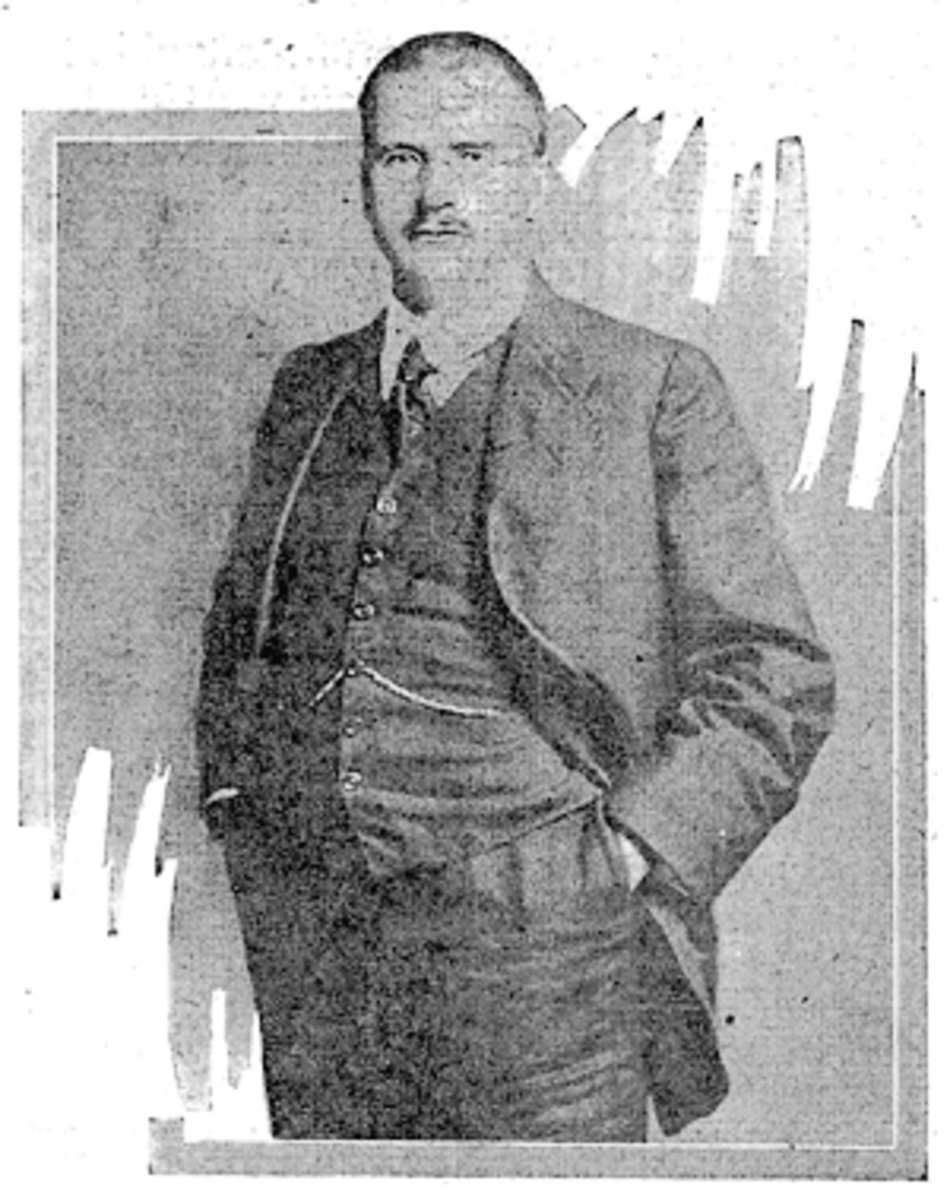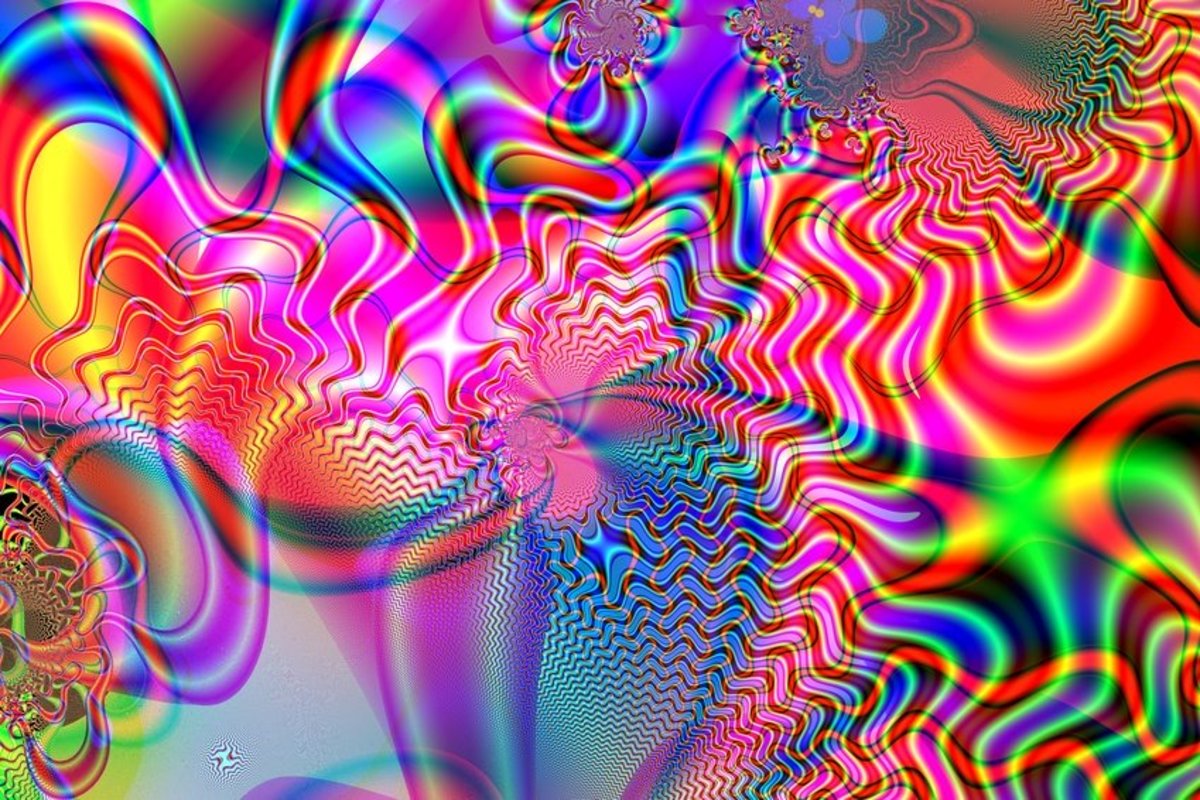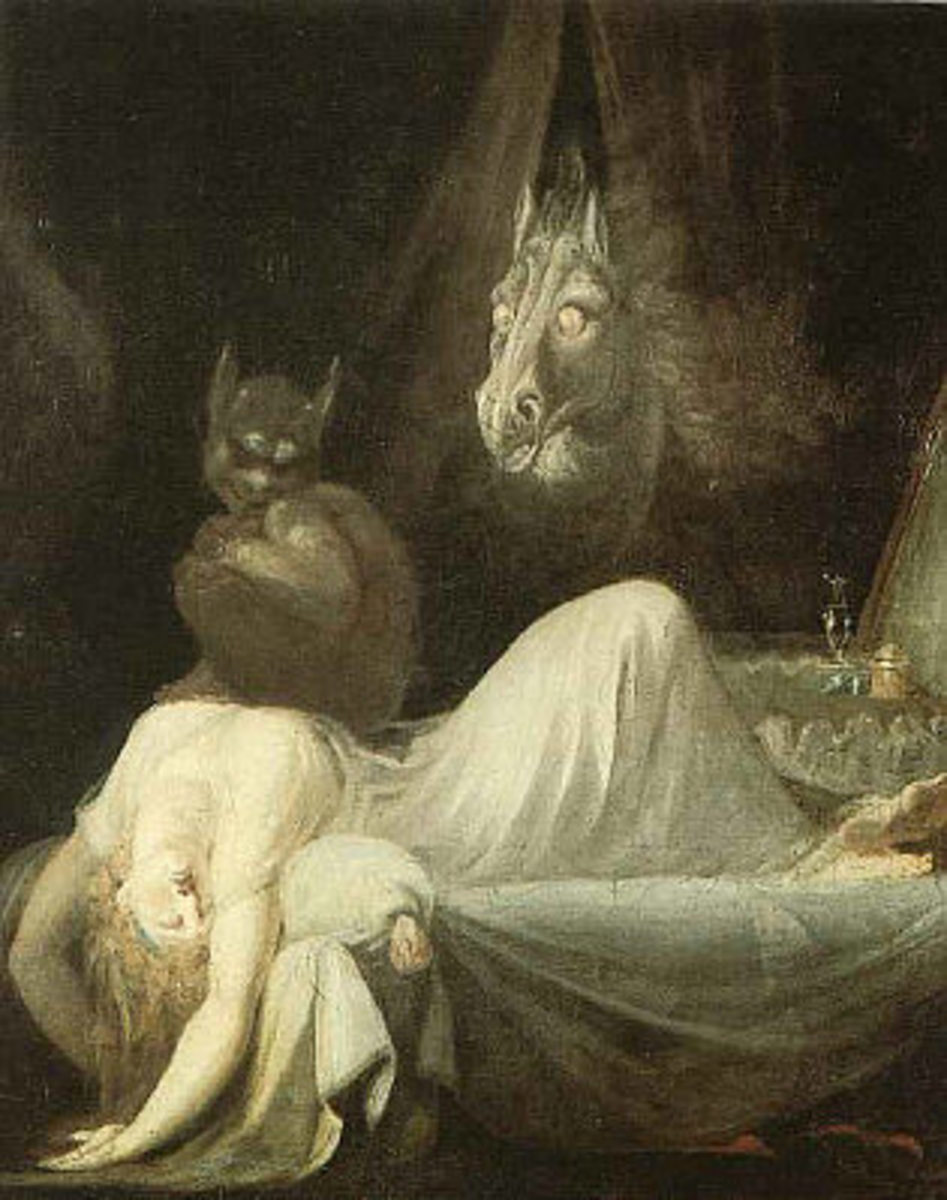Tapping Into Your Electric Dreamscape
Tapping Into the Lucid Electric Dreamscape
Volume 7, Issue 11
January 6, 2016
http://hub.me/aida-garcia@hubpages.com
When we dream we somehow link words to our dreams in our reality of wakefulness or when we are fully conscious. It is something that happens over 95 percent of the time that our unconscious or subconscious mind, memorize and it is etched into our mind-brain.
In times of desperation and stress we extend and link our emotions into the word associated dreamscape and do unconsciously without thinking. It is a mechanism associated with repressed memories and we suppress these emotions into our memories also.
Carl Jung describes a way he developed a way to tap into an electric dreamscape with the use of words and self-training. At the time, it may not of been called lucid dreaming but it is one of the ways to tap into the unconscious mind or electric dreamscape. Carl Jung conducted experiments that were enabling himself to tap into his subconscious or unconscious mind-brain by using a calming and self-training to calm himself with setting a tone into pushing the dreamscape into his unconscious mind. Carl Jung was close to the time of sleeping and imagined himself in a steep descent and he was attempting to get to the bottom; when he reached the depth he found himself in a cosmic abyss. (Jung, Carl, Memories, Dreams, and Reflections, (2015 free eBook, p.221-222, 238) It was an atmosphere of another world in the lucid dream he (Carl Jung) met with other people in the dream and associated them with symbolism or religious figures he had learned about in his life.
After this experiment Carl Jung began to tap into the depth of his psyche and find reasonable explanations or interpretations to his dreamscapes. This association with words, symbolism, and religion took on a shape in his minds-eye and it was put on paper, what resulted was a mandala and a dream interpretation of what transpired in his dreams. A form of expression developed and the first mandala was created by Carl Jung and introduced to the New World. (Concerning mandala’s, Carl Jung) & (http://carl-jung.net/mandala.html) It is a form of practice or mental absorption that organizes the inner energies and forces the practitioner to form or develop a meaning and puts them into a relationship with his ego or psyche.
So what is a mandala? Carl Jung describes it as a representation of self with a graphical significance and can appear in dreams or visions spontaneously and is created by the practitioner as a work of Art. This symbolism can also appear in the form of music and we touched on this subject in my writings. (http://hubpages.com/religion-philosophy/Generational-Electric-Dreamscape) or short cut (http://hub.me/ak2qK).
Wikipedia describes the mandala as a spiritual and ritual symbol in Indian religions, representing the universe. It also has a generic term for any diagram, chart, or geometric pattern that represents the cosmos metaphysically or symbolically; a microcosm of the universe. (https://en.wikipedia.org/wiki/Mandala)
It can also be associated with a generational link into the electric dreamscape of anyone collectively or individually because it was learned or seen in the lifetime of the individual or practitioner of the one who develops and creates this work of Art. Many generations of different cultures have used mandala’s as part of their religious symbolism or philosophies. It is also used to induce an spiritual trance when a practitioner focuses on the mandala as a center point. This is also described in Wikipedia as the basic form of the mandala. Today mandala’s are used in healing and in focusing attention to the inner self. (https://www.youtube.com/watch?v=-8N9UR6OTCs) It is used in meditation.
References
Jung, Carl, Memories, Dreams, and Reflections, (2015 free eBook)
https://en.wikipedia.org/wiki/Ultradian_rhythm
https://en.wikipedia.org/wiki/Mandala
http://www.sciencedaily.com/releases/2015/12/151210125637.htm
http://sccpsy101.com/home/chapter-2/section-3/
https://wordpress.com/post/castillo1garcia.wordpress.com/167
http://hubpages.com/religion-philosophy/Generational-Electric-Dreamscape
http://hub.me/ak2qK
Concerning mandala’s, Carl Jung
http://carl-jung.net/mandala.html
https://www.youtube.com/watch?v=-8N9UR6OTCs
Please enjoy a free calendar of your choice https://www.freakyfreddies.com/calendar.html for reading my blog here at https://aida-garcia.hubpages.com/hub








